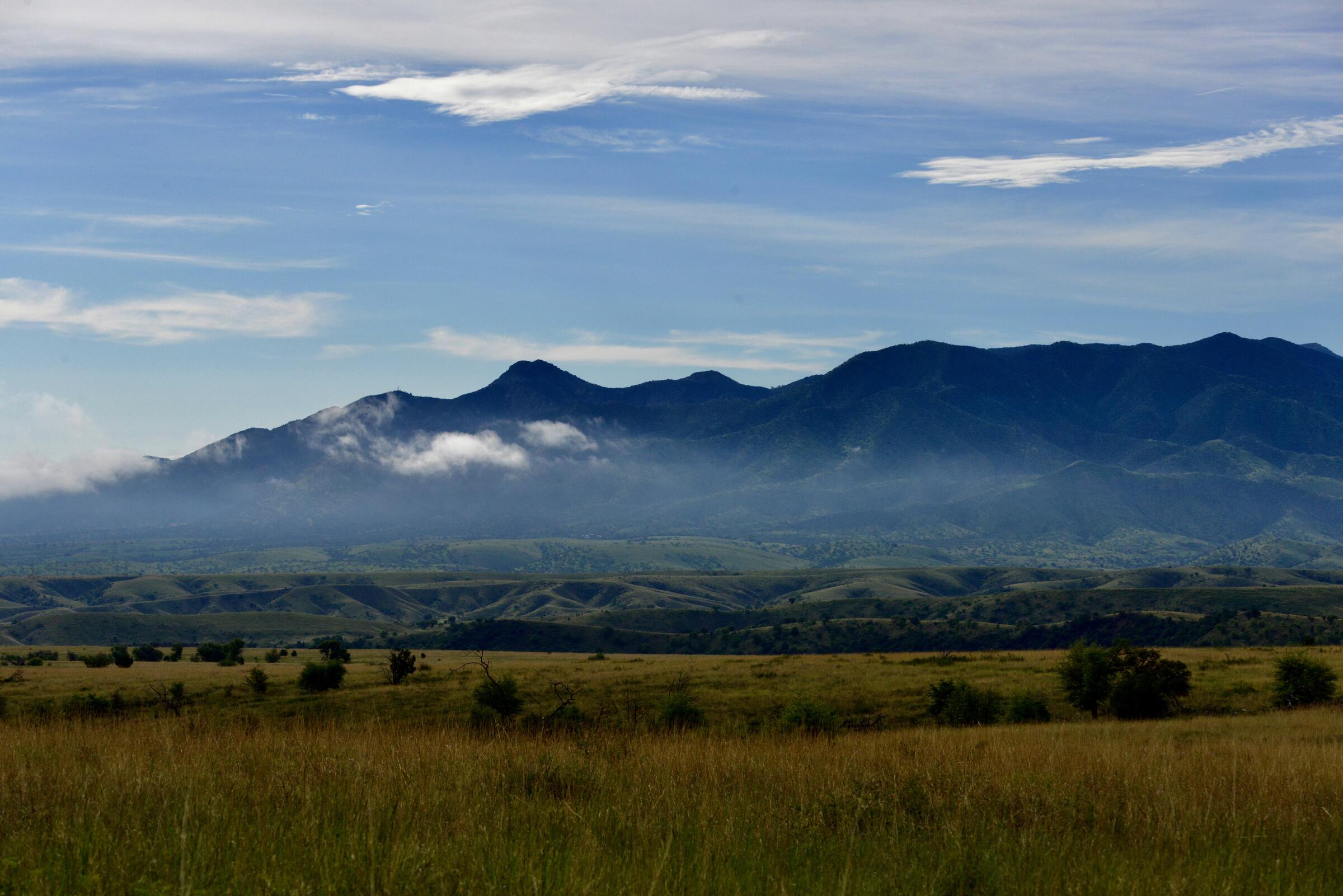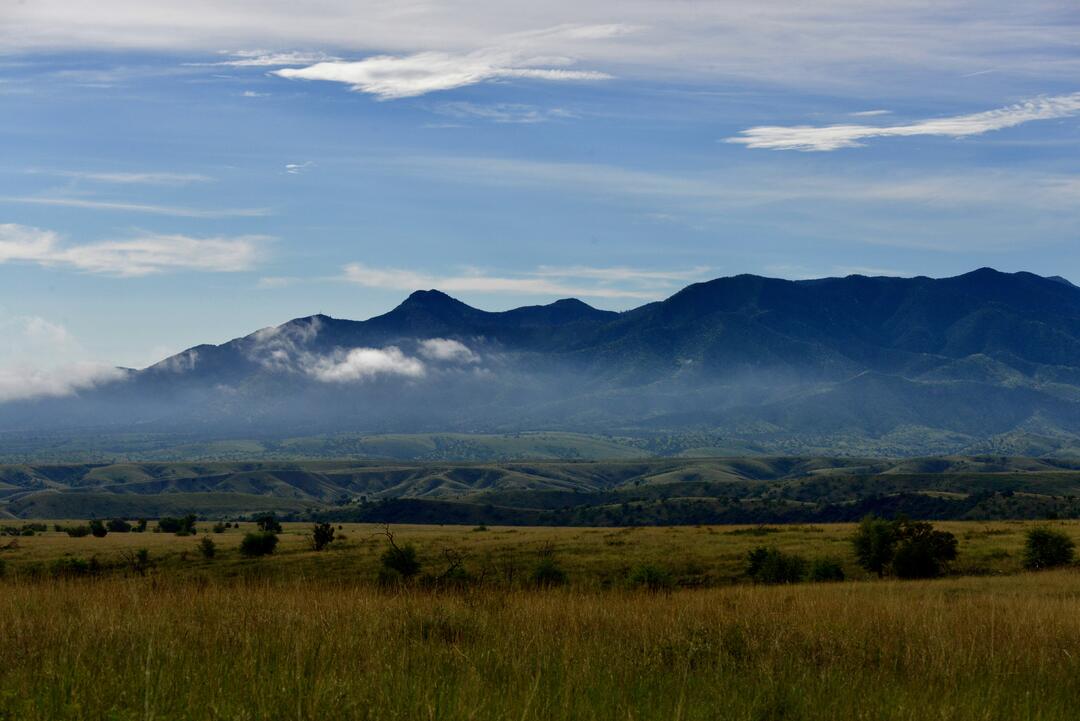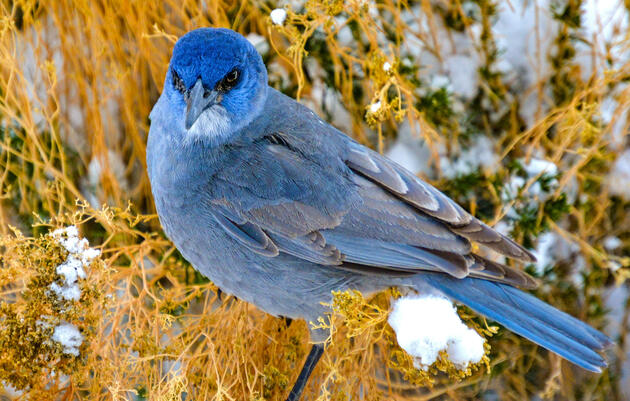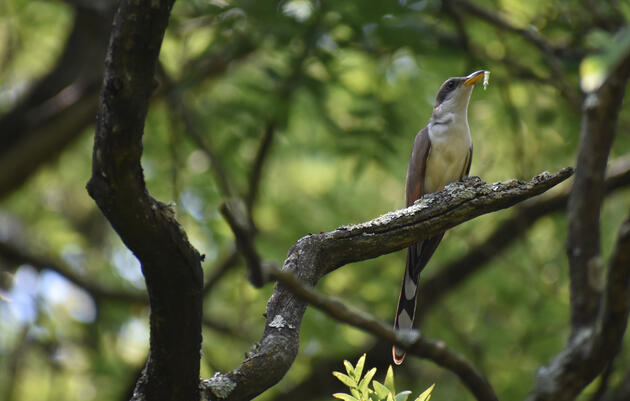Because birds are diverse in their habitat requirements, relatively easy to observe, and ubiquitous in their presence, they are ideal indicators for monitoring environmental health. Whether you're operating a working farm or ranch, managing our public lands, or trying to make the most of your private plot, paying attention to the needs of birds can help you maintain a functioning, healthy ecosystem on the lands in your care.
From grasslands, to forests, to urban spaces, each habitat type hosts its own suite of birds, and each suite of birds come with their own habitat requirements. The guides and resources below will provide you with all you need to know to make the most of your land for birds and other wildlife. Check them out and start bringing birds home today!
Rivers, Streams, and Desert Washes
This guide will help you ensure that Arizona’s waterways remain healthy. Keeping riparian areas healthy is important for many reasons. Riparian vegetation helps control flood events, it stabilizes river banks, traps nutrients and soil, and improves water quality. It provides shade, moderates temperatures, and helps keep the water table high. Riparian areas provide multiple uses and enjoyment to people. Download the guide here.
Grasslands
This guide will help you create healthy habitats for birds and other wildlife, as well as people. Healthy grasslands stabilize soils to moderate soil erosion, help keep water tables high, contribute to healthy water quality, and provide a biologically rich environment. Grasslands can be a source of forage for cattle and other livestock and are an important part of the Southwest’s agriculture economy. Download the guide here.
Plants for Birds
You don't have to be managing large tracts of land to make a difference for birds and other wildlife. By adding native plants to your yard, patio, schoolyard, office, or other outdoor space, you can become part of the growing movement to create pockets of habitat within urban landscapes that are essential to the survival of our native birds, butterflies, bees, and more. Learn more through Audubon's Plants for Birds initiative and get planting today!








